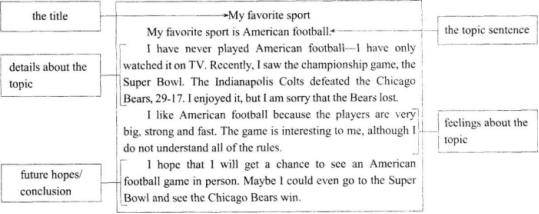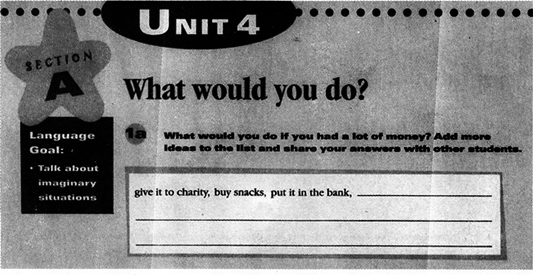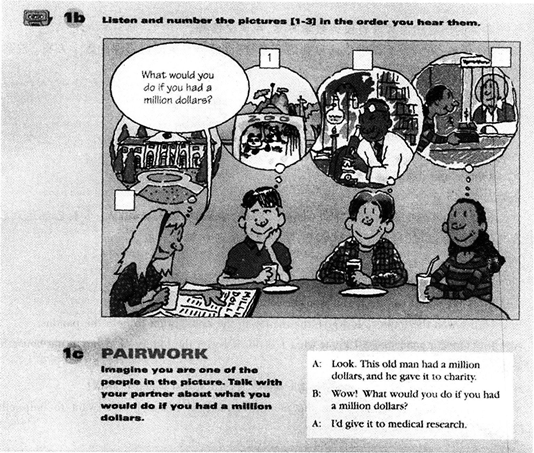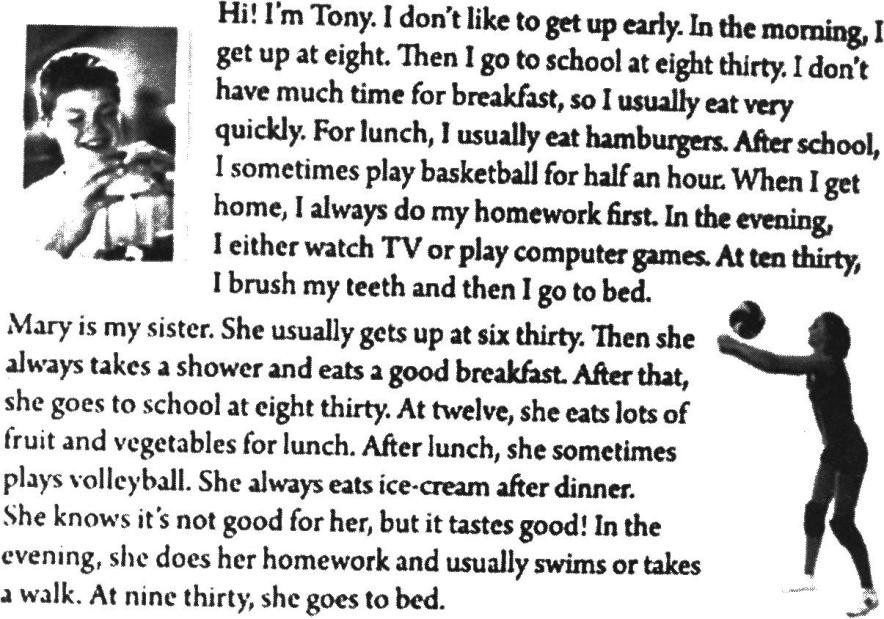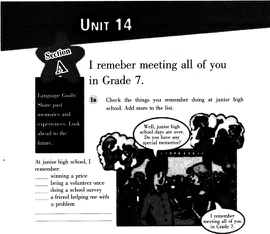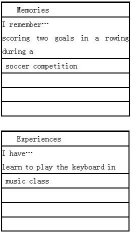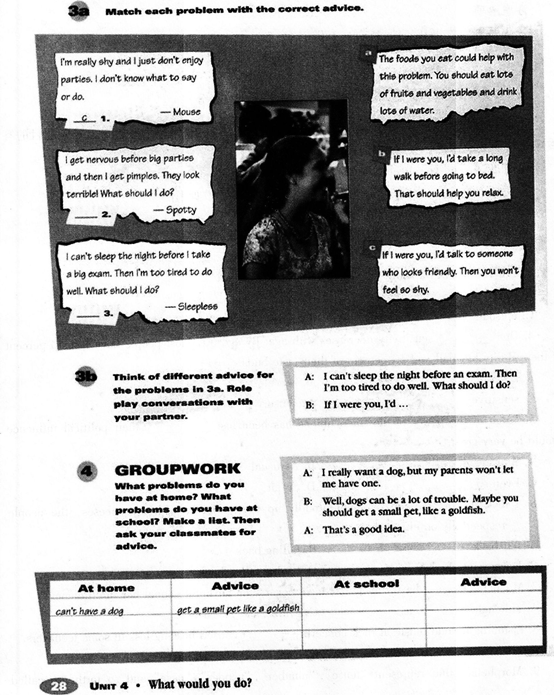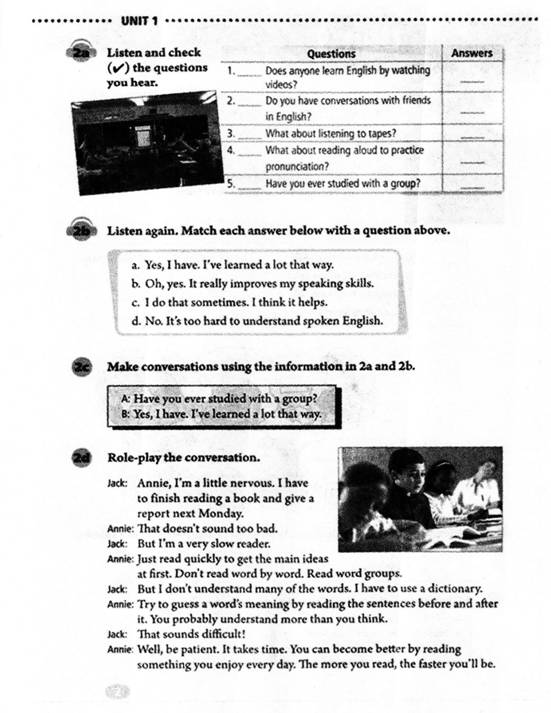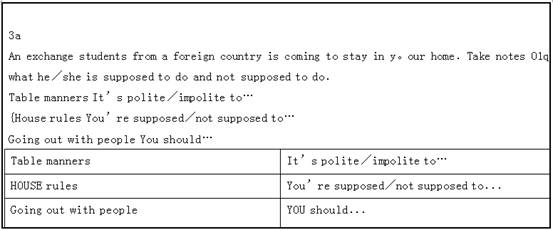Ⅰ.Class Type: Listening and Speaking Class
Ⅱ.Teaching Contents: The passage is about habitsof Tony and Mary.
Ⅲ.Teaching Objectives:
(1) Knowledge objectives
①Students can master themeaning and usage of frequency words:usually, always and sometimes.
②Students can review the usage of simple presenttense.
(2) Ability objectives
①Students can understandthe main content and grasp detailed information of the listenning material byusing different listening strategies, such as summarizing and selectivelistening..
②Students can use simplepresent tense to talk about their daily activities.
(3) Emotional objective
Students can learn theimportance of good habits and cultivate healthy habits.
Ⅳ.Teaching Key andDifficult Points:
(1) Teaching key points
①Students can get themain topic and specific information of the material.
②Students can use thewords and simple present tense to talk about their daily activities (2)Teaching difficult point
Students can apply listening strategies, such assummarizing and selective listening and listening for specific information inlistening practice.
Ⅴ.Major Steps:
Step 1 Pre-listening(3minutes)
Ask students somequestions as following to share their daily life in group of four, and choosethree representatives to share their ideas.
(1) What time do youusually get up on school days
(2) What time do youhave breakfast
(3) Do you have somehealthy/unhealthy habits
(Justification: Throughgroup discussion, students can get farmiliar with the topic, and strengthentheir cooperative spirit and speaking abilities.)
Step 2 While-listening (8minutes)
1.Extensive listening
Ask students to listen tothe tape for the first time and answer the question: What is the main idea ofthe listening material
2. Listen to the tapeagain and respectively circle the activities Tony and Mary do.
3. Intensive listening
Ask students to 1istento the tape for the second time and fill in the following table.

(Justification: Throughextensive listening, students will grasp the main content of this listeningmaterial and through intensive listening, students will enhance their abilityof grasping specific information.)
Step 3 Post-listening (4minutes)
l. Read the script afterthe tape.
2. Interview : Askstudents to work in a group of 3 and interview their partners about theirhabits. Invite some volunteers to make a report in the front of the class andgive them feedback.

(Justification: Students can realize the importance of cultivatinga good habit, develop their listening and speaking abilities and enhance theirawareness of cooperating with others.)

